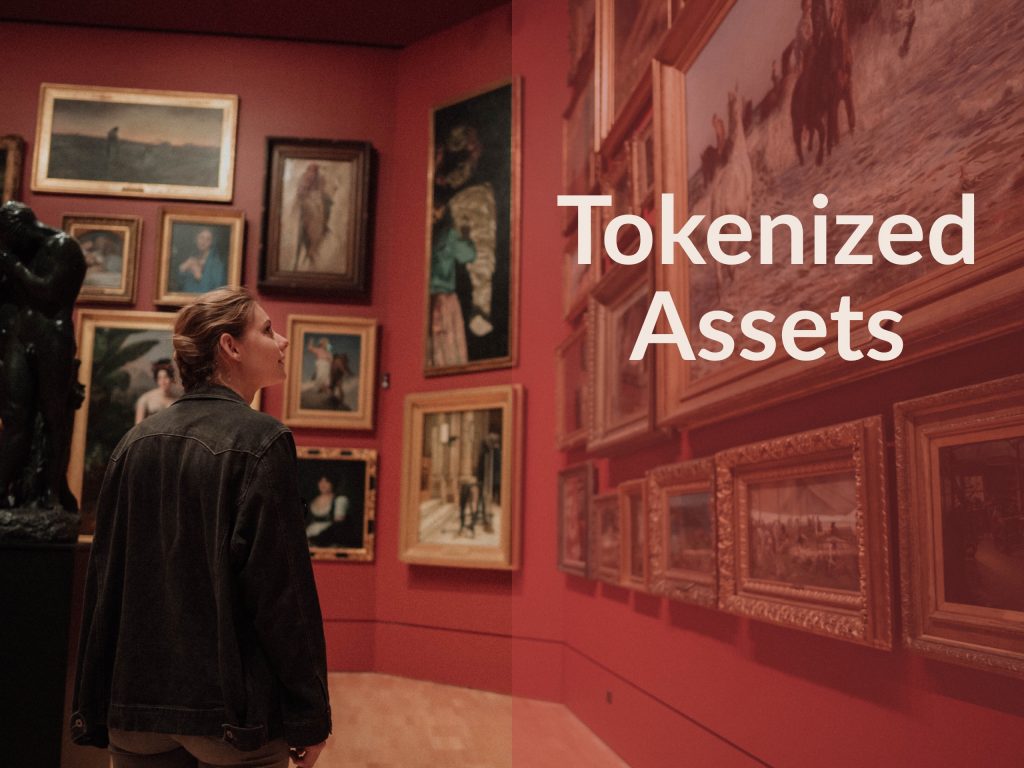How distributed ledger technology and tokenized assets will increase liquidity, transparency and fractionalization, allowing investors to purchase very small, liquid positions in real estate, private companies, art and other assets.
In this episode you’ll learn:
- What is the financial industry mechanism for how stock ownership is tracked.
- Why a central depository for stock shares leads to challenges in figuring out who owns what and calculating the results of proxy votes.
- How distributed ledger technology will allow increased transparency and liquidity for buying and selling stocks and other assets.
- How distributed ledger technology will permit fractionalization of assets, significantly increasing the ability of individuals to diversify.
Show Notes
Elephant in the Boardroom?: Counting the Vote in Corporate Elections – Richard W. Barrett
IN RE DOLE FOOD COMPANY, INC. STOCKHOLDER LITIGATION
Corporate Governance and Blockchains – David Yermack – NBER
Traditional Asset Tokenization – Stephen McKeon – Hackernoon
How Tokenization Is Putting Real-World Assets on Blockchains – Addison Cameron-Huff – NASDAQ
A First For Manhattan: $30M Real Estate Property Tokenized With Blockchain – Rachel Wolfson – Forbes
Episode Sponsors
Episode Summary
Investing and trading are complex beasts that are continually evolving – tokenization is yet another new way of approaching the US stock market. On this episode of Money For the Rest of Us, David considers the idea of tokenization and its many potential benefits and drawbacks. Even though the realization of a tokenization system is decades away, it’s helpful to understand the current conversation surrounding the idea. Be sure to check out this episode for the latest and greatest information on the subject – you won’t be disappointed.
What is tokenization, and how does it compare to the current trading system?
Up until the 1960s, all stock trades were documented physical paper certificates. This hard-copy system became quite cumbersome and was replaced with an “immobilization” system in the 1970s – one in which stocks shares are held in the name one entity in a giant fungible mass at a central depository. Brokerage firms own a prorata share of this fungible mass, which means individual ownership in stocks are not tied to specific shares. Today, 99.9% of shares – equal to $37 trillion – are held in this manner. However, there are many issues with proxy voting and actual share ownership that crop up with centralizing stock ownership.
Tokenization is a type of blockchain technology in the form of a distributed ledger. This ledger is a database that can be updated and changed much faster than the systems of the past. It tracks who owns a particular asset. Transactions for buying and selling assets can be tracked more easily with a greater degree of transparency.
Here’s why tokenization could be a solution to complex trading issues
Transitioning into a tokenization system would allow for more liquidity in trading. Investors would no longer have to wait 3 business days for stocks trades to settle, and paper trails would be drastically reduced – if not eliminated completely. Smart contracts could be created and proxy voting could take place all within the distributed ledger technology. David exclaims, “It’s complicated, but it actually would work.”
This new way of trading could lead to the possibility of asset-backed tokens
This trading system of the future could also allow for the creation of physical assets (i.e. gold or real estate) to be backed by tokens. David outlines a few examples of real-time asset-backed token systems that are in the works in areas such as New York, and it’s a discussion not to be missed. One key takeaway is that the investment minimum could be eliminated so individuals could own a diversified portfolio of hundreds of private investments that would be liquid do to tokenization.
There are many challenges to be addressed, but it’s cutting-edge thinking that’s bound to arise in the future
Tokenization presents with a number of challenges that would need to be addressed in detail before its unveiling. A few major ones include:
- Sheer governance of asset-backed tokens
- Stolen asset-backed tokens
- The level of transparency in the ledger itself
- How transactions would be verified
It’s a complex idea that countless great minds are considering. Join in on the conversation by listening to this episode of Money For the Rest of Us.
Episode Chronology
- [0:12] Stocks ownership used to be tied to paper certificates, but there’s a problem with electronic records as well
- [10:00] Proxy voting in trading can lead to complicated issues that are almost impossible to solve with certainty
- [17:40] Tokenization could be a solution to today’s convoluted trading system
- [22:38] A new type of distributed ledger would allow for asset-backed tokens
- [27:03] There are some challenges to tokenization that need to be addressed

